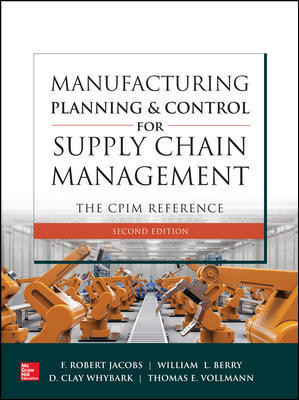Smart manufacturing is enabling the best decisions in the shortest time based on the most accurate and actual real-time data—whether those decisions are made by people, automated machines or cyber-physical systems. This is the foundation for being flexible, innovative, responsive and competitive. A smart manufacturing initiative does not need to be a huge project. It can start small, but you must understand the benefits and invest the time and resources to support the initiative.
Understand your Operations
Jonathan Van Wyck, partner and managing director at the Boston Consulting Group, takes the broad concept of Industry 4.0 and customizes it for companies to better understand how their pain points in operations can be alleviated through technology.
“Our fundamental belief is that Industry 4.0 should not start with technologies; it’s about understanding your operations, pain points, opportunities and biggest cost buckets, and then working from the pain points to apply technologies to design a solution,” says Van Wyck. “Even though most companies are in the early stages of truly scaling Industry 4.0, we’re seeing significant productivity gains. These gains are driven not only by reducing the manual intensity of your manufacturing processes, i.e., using advanced automation and smart machines, but also by reducing waste such as cycle time loss or scrap using augmented reality, machine vision or predictive analytics, for example.”
To begin the journey, manufacturers should study and model industrial processes that could save money, energy and materials. That’s where data comes in. Manufacturers need to collect and analyze data within the four walls of a plant or between multiple plants. Evaluate the biggest challenges, establish where information and data can help you solve those problems, and then work to collect and access that data.
“The data is out there. Collecting it may look like an insurmountable problem to one person, but to another, this may be a fairly simple process,” says Rachel Lecrone, director of manufacturing IT systems and industrial controls for Cummins Inc. “It’s all about connecting the people who know how to get the data to the people with pain points that need to be solved.”
Companies will need their operations department to closely collaborate with their IT department to employ sensors and wireless technologies to capture data at all stages of a product’s life. This data can range from material properties and temperatures and vibrations of equipment to the logistics of supply chains and customer details.
Generate ROI and Provide Value
Steelcase, a United States-based furniture company, has an initiative to digitally transform its manufacturing operations around the world.
“We’re making big jumps in the production process through the Industrial Internet of Things,” said Steelcase Vice President of Global Operations Robert Krestakos. “It’s really changing the roles of people on the plant floor. For example, zone leaders are getting access to real-time data about how production activity is going and can make ongoing adjustments.”
Krestakos added, “Our data-driven tools and capabilities give us creative freedom and engineering flexibility. We can collect all this information and it can help us make decisions that will drive improved efficiency and impact the bottom line.”
While some technologies are still early stage, examples of success indicate there is great potential for smart manufacturing to help any manufacturer achieve improvement they need, through incorporating building blocks like smart devices and interfaces, software platforms, data management systems, and safety and security.
“It’s important not to lose the benefits beyond cost reduction,” said Van Wyck. He described a project for an automotive OEM where a 300-point car inspection was reduced from two days to two hours by implementing an augmented reality solution.
Van Wyck added that customers are seeing benefits related to productivity, quality, flexibility and speed. “We’ve seen raw material savings of 2 to 5% through reduction of scrap and rework. We’re also seeing improvements in flexibility and speed, for example, we have seen 20 to 60% reductions in changeover time by applying advanced technologies.”
Manufacturers can start by monitoring some of their most expensive and vital equipment and then scale-up from there. When starting small from the most sensitive areas, analysis of the most significant pain points will yield the fastest and biggest benefits. With a pilot project or with a more complex and impactful project, it’s important to buy the ticket and start the journey. In the increasingly digital era we live, there’s no option—and no better time.


